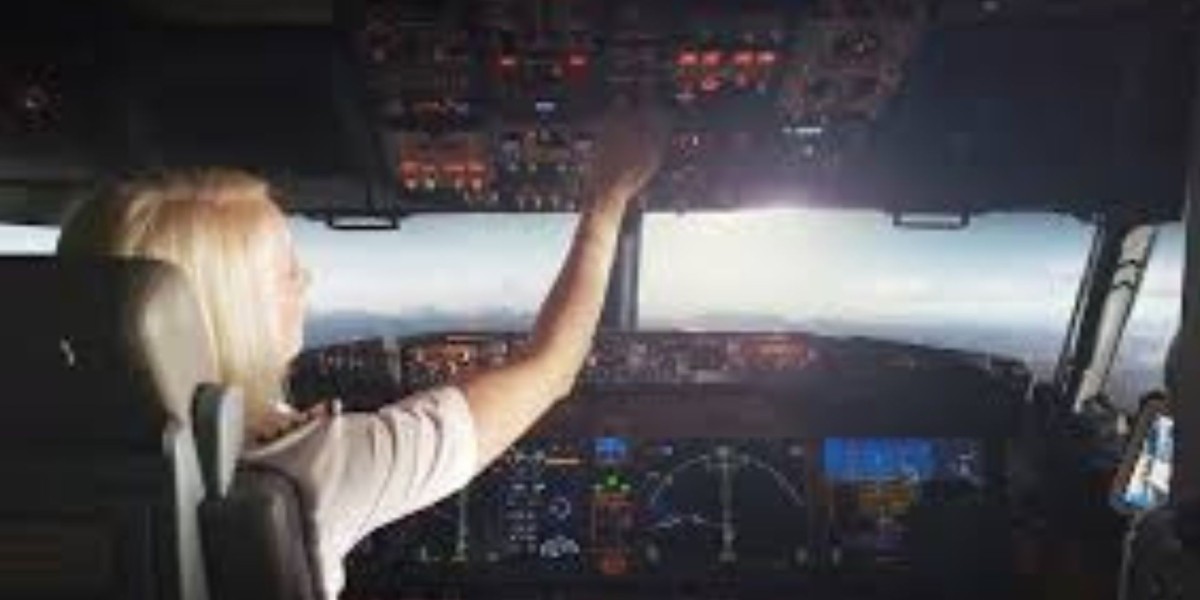Pupil numbers at international schools globally have continued to climb in 2020, while student demographics are continuing to shift from Western expatriates to local nationals and expatriates in Asia, an ISC Research report has suggested.To get more news about international schools, you can visit shine news official website.
As of July 2020, almost six million pupils aged 3-18 were being taught at 11,616 international schools globally, with student numbers increasing by some 7% from 5.6m in 2019.Previous forecasts have suggested that the schools will host almost 7m by 2023.
Around 3.7m of the total 5.98m pupils were attending international schools in Asia in 2020, with demand high particularly in East and South-East Asia, the 2020 Global Opportunities Report found.
In the past five years, enrolment in schools in Southern Asia has increased by 64.6% to 763,900, Eastern Asia up 33.3% to 627,200, South-Eastern Asia increased 31.5% to 563,500.Enrolment in Western Asia (the Middle East) has grown by 20.6% since 2015, reaching a total of 1.7m in July.
“In recent years, some families have become more cautious about sending their child in their younger years to an overseas boarding school, preferring to keep their child closer to home and sending them to their local international or private school instead, particularly during the pre-prep years,” ISC Research’s head of Field Research Sam Fraser explained.
Schools that provide a “reliable pathway” to traditional higher education study destinations such as the UK and the US will see significant demand from the wealthiest Asian families, Fraser continued.“British independent school brands with a presence in Asia have been particularly successful,” he explained.Of the 44 British school brands currently in China, 33 are aligned with international Chinese-owned private schools meaning local children can access their offerings.
“The demand for these schools by wealthy aspirational parents is very high – enrolment at schools affiliated with British independent school brands in China has increased from 6,900 students in 2015 to 23,100 in 2020 and growth is likely to continue in this sector,” Fraser noted.
“China is not alone with the growth in demand for British school brand presence.”Worldwide, 1.15% of the market consists of sister schools of foreign independent schools or affiliated with a foreign independent school brand. Some 14% are accredited by an independent third-party, the research found.
The report also found that international schools have proved to be resilient and adaptable to change in the face of the global pandemic. However, teaching and learning practices are expected to change in the long term for some.
Many schools quickly extended blended learning provision or introduced distance learning to accomplish learning outcomes, the report showed.The capacity to provide a reliable education route during times of crisis “is a recurring characteristic of the market which is likely to be recognised by more families in the future”, it noted.
freeamfva
2077 Blog posts



